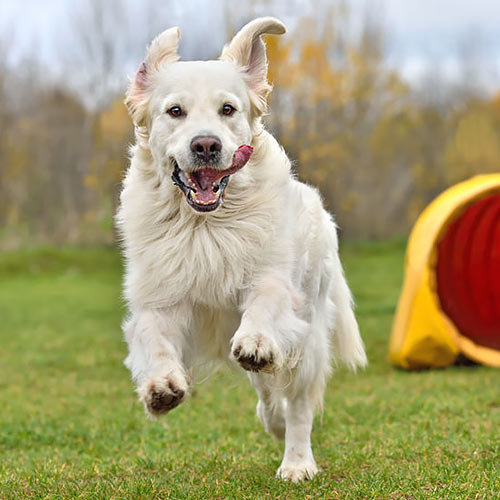Training a protection dog may seem, at first glance, to be similar in approach as training a police or even a hunting dog. The truth is, though, that the training involved with these different dog specialties are very different concepts. A successful canine protection dog trainer ensures that their canine counterparts trust their owners and works in their best interests at all times, balancing aggressive and nurturing tendencies to create a trusting and lasting relationship.
A personal protection dog has control over their behavior. Their aggression is controlled, and they must go through a balanced training regimen to instill obedience and behavioral training. Your dogs will need to comprehend their role as a protector first and foremost, and not a kraken that needs to be unleashed. As a dog trainer, you will need to establish a trusting bond between handler and canine and teach your dog to be protective but not outwardly aggressive.
As a protection dog trainer, your job will be to teach dogs to use their own judgement to protect their owner in a variety of situations. You must work with each dog to help them learn distinctive cues that can help them identify when a dangerous situation is at hand. You can teach a canine these skills through scenario training and other types of operant conditioning.
Our protection dog trainer course will teach you to identify good protection canines and work with their personality traits. You will also learn how to use a variety of tools during the training process and identify ways to overcome specific training obstacles. You will also identify different conditioning methods and lean how canine anatomy plays a role in developing your dog protection training process.
You should not be working against any dog that you train, but rather working to build and hone their capabilities. By taking our course you will learn how to look for the best traits in a given dog or breed and build upon them to train an effective and capable protection dog. This course also has a focus on identifying dog breeds and how this can play into the selection process for canines. Genetics and training have a strong role in determining a dog’s aggression and their ability to control it, so learning about the different strengths and weaknesses of different dog breeds can make you a more effective and selective trainer.
Are you are interested in training protection dogs? Get the knowledge you need with Dog Trainer College. The spring semester begins in February, and we are now accepting applications for the six-week protection dog trainer course. To learn more, give us a call today at 812-650-2394 or start the application process online now.

